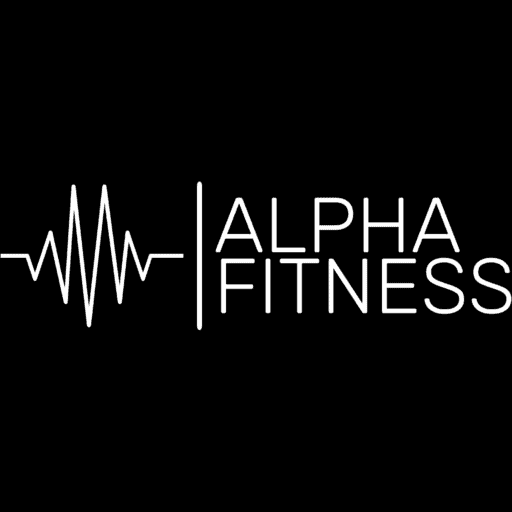
While potassium is an essential mineral that plays several important roles in the body, including muscle and nerve function, it is not directly involved in the restoration of glycogen after a workout.
Glycogen is the body’s stored form of glucose, and it serves as a primary energy source during physical activity. After a workout, especially one that involves significant physical exertion, glycogen stores in muscles may become depleted. The process of replenishing glycogen involves the consumption of carbohydrates, not potassium.
Potassium’s primary functions related to exercise include:
Potassium and Muscle Function:
Potassium is an essential electrolyte that plays a crucial role in maintaining the balance of fluids inside and outside of cells, including muscle cells.
Proper electrolyte balance, including potassium, is vital for normal muscle contraction and nerve impulse transmission. During exercise, especially intense and prolonged activities, muscles generate electrical impulses, and electrolytes like potassium help facilitate these processes.
Glycogen Depletion During Exercise:
When you engage in physical activity, especially endurance exercises or activities that require bursts of energy, your muscles rely on glycogen as a primary source of fuel.
Glycogen is a complex carbohydrate stored in muscles and the liver. As exercise intensity increases, glycogen stores may become depleted.
Post-Workout Glycogen Restoration:
After a workout, replenishing glycogen stores is crucial for recovery and ensuring that your body has an adequate supply of energy for the next session.
The primary dietary factor for replenishing glycogen is the consumption of carbohydrates. Carbohydrates are broken down into glucose, which is then used to rebuild glycogen stores in the muscles.
The recommended post-exercise nutrition typically includes a combination of carbohydrates and, in some cases, protein. This helps stimulate insulin release, promoting the uptake of glucose into cells and aiding in glycogen synthesis.
Potassium-Rich Foods in Post-Workout Nutrition:
While potassium itself does not directly contribute to glycogen restoration, potassium-rich foods can still play a role in post-workout nutrition.
Foods rich in potassium, such as bananas, oranges, potatoes, and leafy greens, can be part of a well-balanced post-workout meal or snack. These foods contribute to overall nutritional support, providing essential vitamins and minerals, including potassium, to help replenish electrolytes lost through sweat.
Individual Nutritional Needs:
Below is a list of useful links:
- Muscle building foods for gaining lean muscle
- The health benefits of greek yogurt
- Creatine helps support muscle growth and strength
- Muscle care is an all-natural pain reliever
- Are lemons good for working out?
Nutritional requirements for post-workout recovery can vary based on factors such as the type, duration, and intensity of exercise, as well as individual health goals.
Tailoring post-exercise nutrition to meet specific needs and preferences is essential. Consulting with a registered dietitian or nutritionist can provide personalized guidance based on individual factors.
In summary, while potassium is crucial for overall muscle function and electrolyte balance, the primary factor in replenishing glycogen after a workout is the consumption of carbohydrates. A well-balanced post-workout meal or snack that includes both carbohydrates and other essential nutrients, including potassium, supports overall recovery and helps prepare the body for subsequent exercise sessions.



